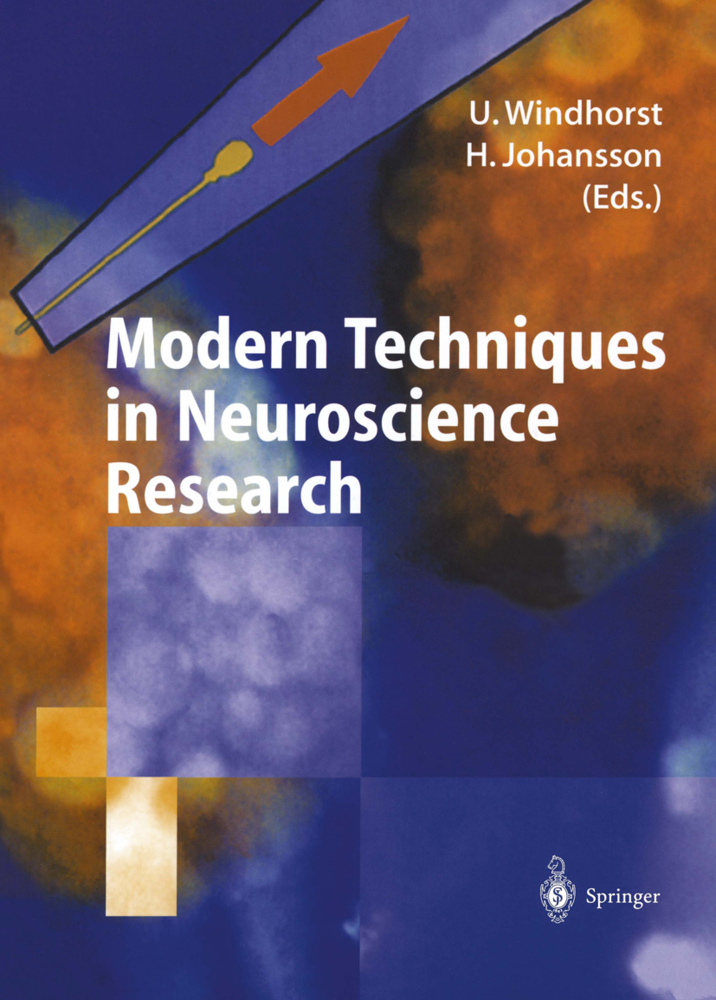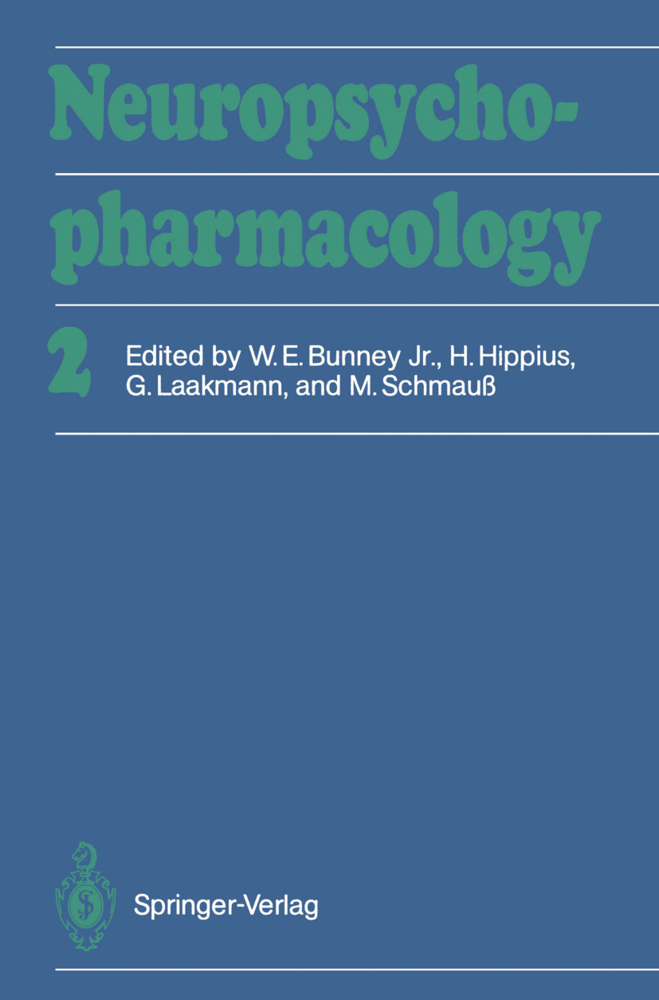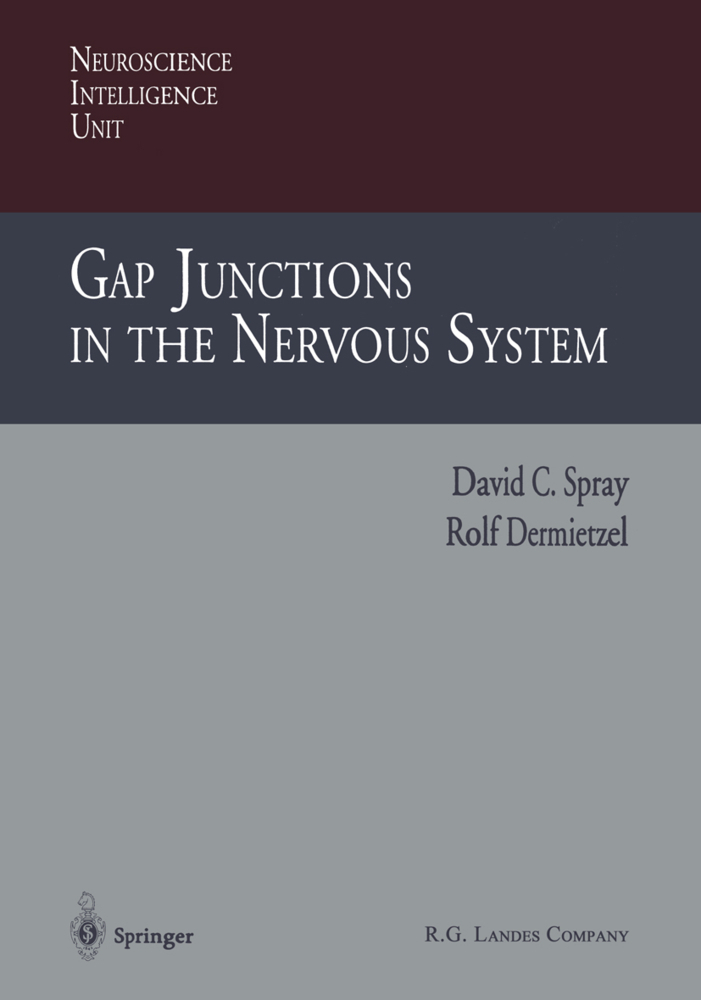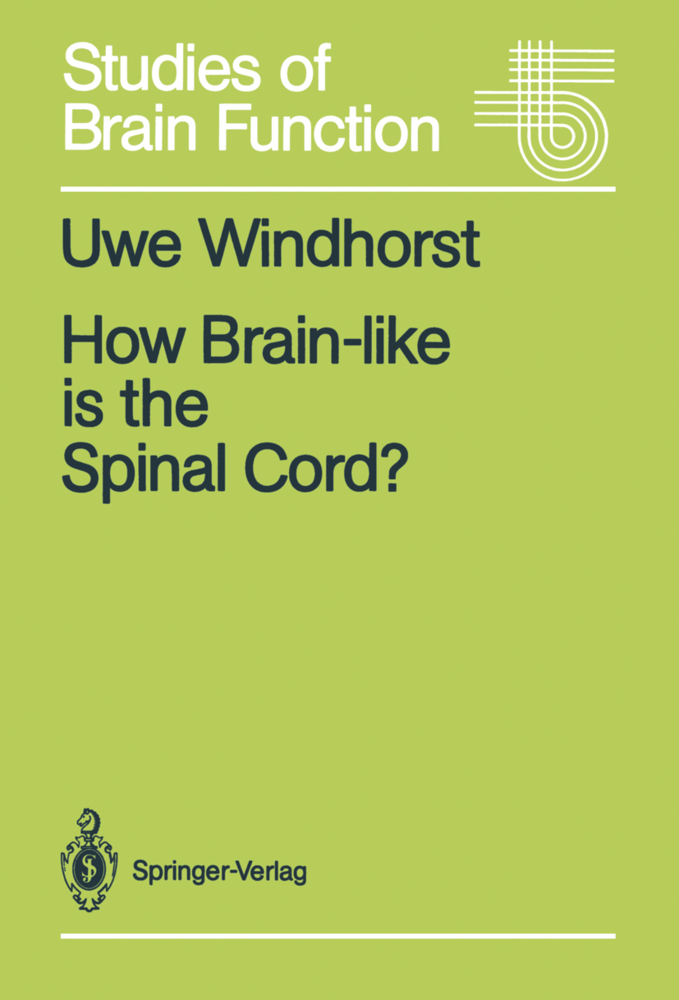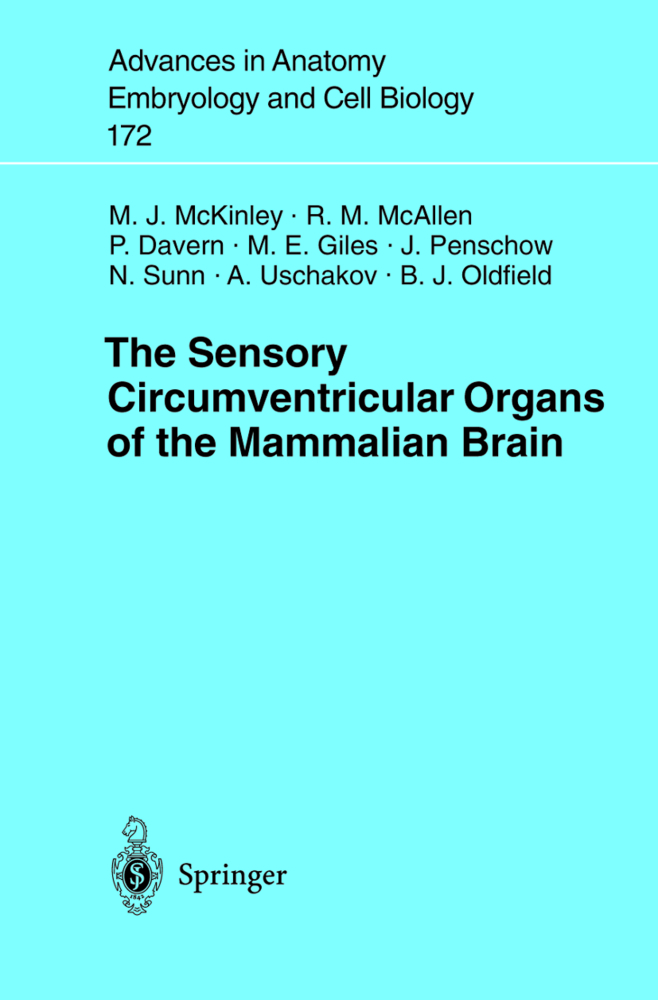Modern Techniques in Neuroscience Research, 2 Pts.
Modern Techniques in Neuroscience Research, 2 Pts.
Nothing tends so much to the advancement of knowledge as the application of a new instrument. - Sir Humphry Davy, 1778-1829 Neuroscience has become a rapidly expanding endeavor that relies on a number of other sciences, such as mathematics, physics, chemistry, engineering, computer sci ence, general biology and medicine, genetics etc. In fact, many of its recent success es result from the application of ideas and methods borrowed from these fields. In sofar, it is a true interdisciplinary undertaking. This convergence of influences ac counts for part of its enormous attractiveness and fascination to students and re searchers from diverse walks of life, or science, for that matter. It is probably fair to say that a great number of neuroscience's most creative and productive proponents have been lured into this field not only by the excitement about the possibility to un mask the secrets of the human mind, but also by the appeal of a vast unknown land needing cultivation and tools to cultivate it. Danger may arise for any science if it is dominated by methods and techniques of investigation rather than by problems to be solved and concepts to be developed. This might concentrate efforts onto the technically feasible and doable, rather than On the real issues. But, On the other hand, especially the young and growing sciences are heavily dependent on the development and application of methods, often even before a problem relying on these methods may become apparent.
3 Methods Towards Detection of Protein Synthesis in Dendrites and Axons
4 Optical Recording from Individual Neurons in Culture
5 Electrical Activity of Individual Neurons In Situ: Extra-and Intracellular Recording
6 Electrical Activity of Individual Neurons: Patch-Clamp Techniques
7 Microiontophoresis and Pressure Ejection
8 An Introduction to the Principles of Neuronal Modelling
9 In Vitro Preparations
10 Culturing CNS Neurons: A Practical Approach to Cultured Embryonic Chick Neurons
11 Neural Stem Cell Isolation, Characterization and Transplantation
Chapter12 In Vitro Reconstruction of Neuronal Circuits: A Simple Model System Approach
13 Grafting of Peripheral Nerves and Schwann Cells into the CNS to Support Axon Regeneration
14 Cell and Tissue Transplantation in the Rodent CNS
15 Histological Staining Methods
16 Optical Recording from Populations of Neurons in Brain Slices
17 Recording of Electrical Activity of Neuronal Populations
18 Time and Frequency Domain Analysis of Spike Train and Time Series Data
19 Information-Theoretical Analysis of Sensory Information
20 Information-Theoretical Analysis of Small Neuronal Networks
21 Linear Systems Description
22 Nonlinear Analysis of Neuronal Systems
23 Dynamical Stability Analyses of Coordination Patterns
24 Detection of Chaos and Fractals from Experimental Time Series
25 Neural Networks and Modeling of Neuronal Networks
26 Acquisition, Processing and Analysis of the Surface Electromyogram
27 Decomposition and Analysis of Intramuscular Electromyographic Signals
28 Relating Muscle Activity to Movement in Animals
29 Long-term Cuff ElectrodeRecordings from Peripheral Nerves in Animals and Humans
30 Microneurography in Humans
31 Biomechanical Analysis of Human and Animal Movement
32 Detection and Classification of Synergies in Multijoint Movement with Applications to Gait Analysis
33 Magnetic Stimulation of the Nervous System
34 In-vivo Optical Imaging of Cortical Architecture and Dynamics
35 Electroencephalography
36 Modern Techniques in ERP Research
37 Magnetoencephalography
38 Magnetic Resonance Imaging of Human Brain Function
39 Positron Emission Tomography of the Human Brain
40 Magnetic Resonance Spectroscopy of the Human Brain
41 Monitoring Chemistry of Brain Microenvironment: Biosensors, Microdialysis and Related Techniques
42 Invasive Techniques in Humans: Microelectrode Recordings and Microstimulation
43 Psychophysical Methods
44 Analysis of Behavior in Laboratory Rodents
45 Data Acquisition, Processing and Storage.
1 Cytological Staining Methods
2 Application of Differential Display and Serial Analysis of Gene Expression in the Nervous System3 Methods Towards Detection of Protein Synthesis in Dendrites and Axons
4 Optical Recording from Individual Neurons in Culture
5 Electrical Activity of Individual Neurons In Situ: Extra-and Intracellular Recording
6 Electrical Activity of Individual Neurons: Patch-Clamp Techniques
7 Microiontophoresis and Pressure Ejection
8 An Introduction to the Principles of Neuronal Modelling
9 In Vitro Preparations
10 Culturing CNS Neurons: A Practical Approach to Cultured Embryonic Chick Neurons
11 Neural Stem Cell Isolation, Characterization and Transplantation
Chapter12 In Vitro Reconstruction of Neuronal Circuits: A Simple Model System Approach
13 Grafting of Peripheral Nerves and Schwann Cells into the CNS to Support Axon Regeneration
14 Cell and Tissue Transplantation in the Rodent CNS
15 Histological Staining Methods
16 Optical Recording from Populations of Neurons in Brain Slices
17 Recording of Electrical Activity of Neuronal Populations
18 Time and Frequency Domain Analysis of Spike Train and Time Series Data
19 Information-Theoretical Analysis of Sensory Information
20 Information-Theoretical Analysis of Small Neuronal Networks
21 Linear Systems Description
22 Nonlinear Analysis of Neuronal Systems
23 Dynamical Stability Analyses of Coordination Patterns
24 Detection of Chaos and Fractals from Experimental Time Series
25 Neural Networks and Modeling of Neuronal Networks
26 Acquisition, Processing and Analysis of the Surface Electromyogram
27 Decomposition and Analysis of Intramuscular Electromyographic Signals
28 Relating Muscle Activity to Movement in Animals
29 Long-term Cuff ElectrodeRecordings from Peripheral Nerves in Animals and Humans
30 Microneurography in Humans
31 Biomechanical Analysis of Human and Animal Movement
32 Detection and Classification of Synergies in Multijoint Movement with Applications to Gait Analysis
33 Magnetic Stimulation of the Nervous System
34 In-vivo Optical Imaging of Cortical Architecture and Dynamics
35 Electroencephalography
36 Modern Techniques in ERP Research
37 Magnetoencephalography
38 Magnetic Resonance Imaging of Human Brain Function
39 Positron Emission Tomography of the Human Brain
40 Magnetic Resonance Spectroscopy of the Human Brain
41 Monitoring Chemistry of Brain Microenvironment: Biosensors, Microdialysis and Related Techniques
42 Invasive Techniques in Humans: Microelectrode Recordings and Microstimulation
43 Psychophysical Methods
44 Analysis of Behavior in Laboratory Rodents
45 Data Acquisition, Processing and Storage.
| ISBN | 978-3-642-63643-1 |
|---|---|
| Artikelnummer | 9783642636431 |
| Medientyp | Buch |
| Copyrightjahr | 2013 |
| Verlag | Springer, Berlin |
| Umfang | L, 1328 Seiten |
| Abbildungen | L, 1328 p. 478 illus., 15 illus. in color. In 2 volumes, not available separately. |
| Sprache | Englisch |

